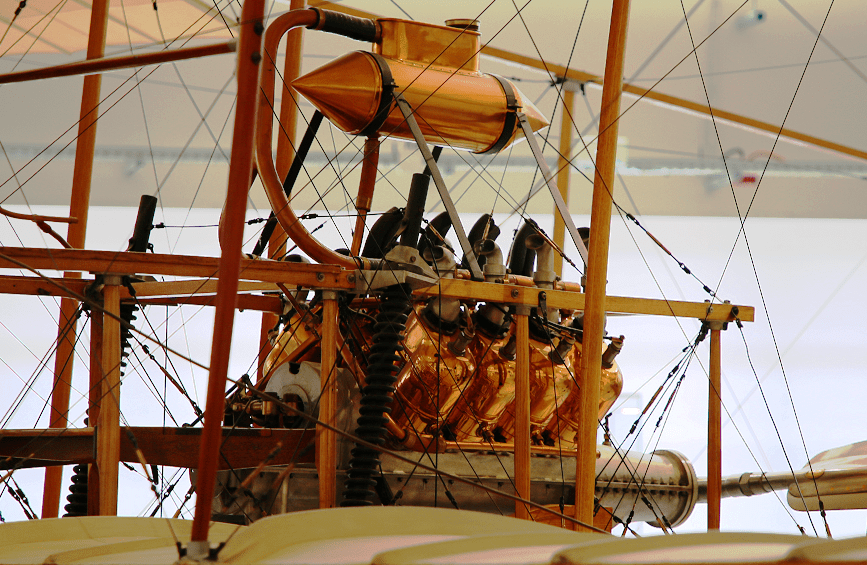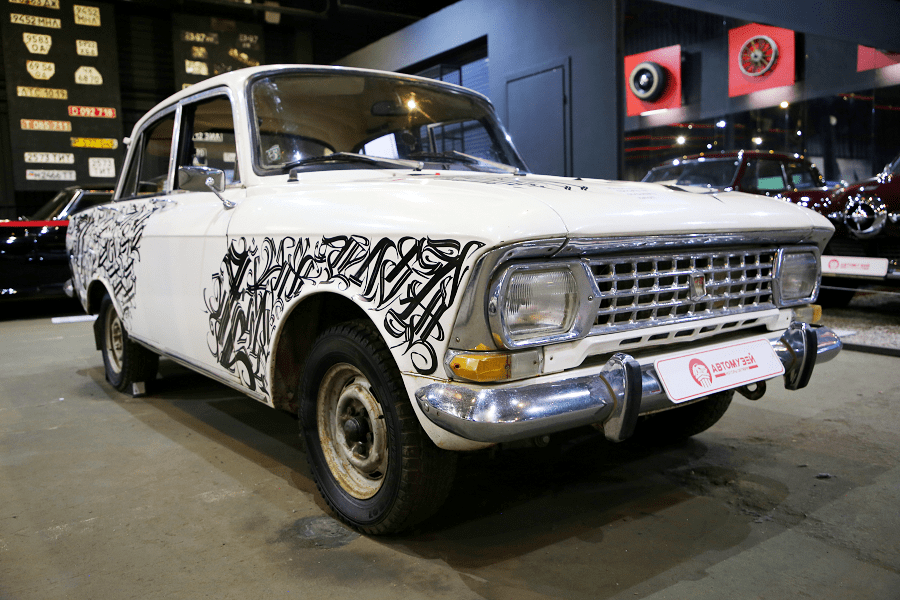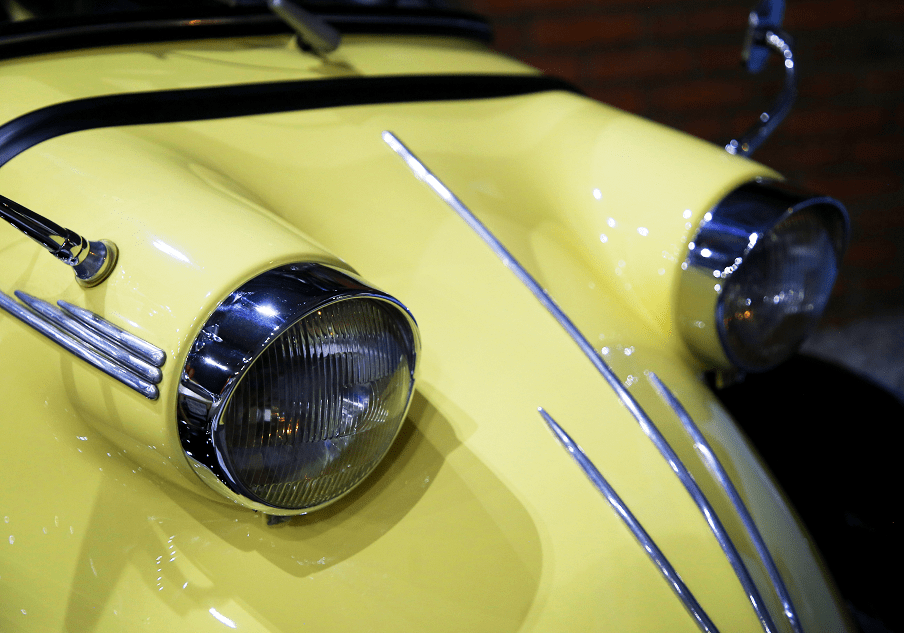Voisin Farman Biplane
The 1907 Voisin biplane (designated the Voisin II by the 1913 edition of Jane’s All the World’s Aircraft), was Europe’s first successful powered aircraft, designed by aeronautical engineer and manufacturer Gabriel Voisin. It was used by the French aviator Henri Farman to make the first heavier-than-air flight lasting more than a minute in Europe, and also to make the first full circle. The first examples of the aircraft were known by the name of their owners, for instance the Delagrange I, or the Henri Farman n°1. Farman made many modifications to his aircraft, and these were incorporated into later production aircraft built by Voisin. The type enjoyed widespread success, and around sixty were built.
Farman finally ended his collaboration with Voisin Frères after a disagreement over an aircraft they had built to his specifications and then sold to John Moore-Brabazon, who named the aircraft the Bird of Passage. This caused Farman to start building aircraft himself, the first of which was the Farman III. The aircraft sold to Moore-Brabazon, which was to become typical of the production version of the aircraft, differed from the Farman I in having the gap between the wings increased to 2 m (6 ft 7 in), and was powered by a 37 kW (50 hp) E.N.V. water-cooled V-8 engine. Although it had the side curtains that had been added to the Farman I it did not have ailerons.
Armand Zipfel was one of the first to buy a Voisin aircraft, which he took to Berlin in January 1909 to make one of the first public demonstrations of heavier-than-air flight in Germany, organised by the Berliner Lokal Anzeiger.
Country: France
First flight: 30 March 1907
Length: 13.45 m (44 ft)
Crew: 1
Engine: Antoinette V8
Power: 50 HP (37 kW)
Weight: 320 kg (705 lb)













